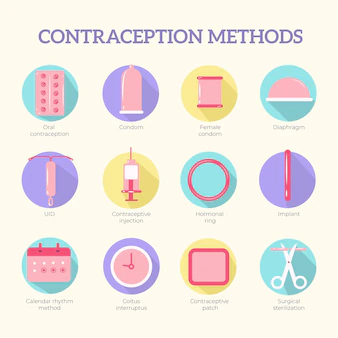Overview of Birth Control Options

There are many birth control options available for individuals who want to prevent pregnancy. The most common types of birth control include:
- Hormonal methods – Hormonal methods of birth control work by regulating the hormones in the body to prevent ovulation. Examples of hormonal birth control methods include birth control pills, patches, injections, and vaginal rings.
- Barrier methods – Barrier methods of birth control work by physically blocking sperm from reaching the egg. Examples of barrier methods include condoms, diaphragms, and cervical caps.
- Intrauterine devices (IUDs) – IUDs are small, T-shaped devices that are inserted into the uterus to prevent fertilization. There are two types of IUDs: hormonal and copper.
- Sterilization – Sterilization is a permanent method of birth control that involves blocking the fallopian tubes (in women) or the vas deferens (in men). Examples of sterilization methods include tubal ligation (for women) and vasectomy (for men).
- Natural family planning – Natural family planning involves tracking a woman’s menstrual cycle and abstaining from sex during the fertile period (when she is ovulating).
- Emergency contraception – Emergency contraception (also known as the morning-after pill) is a form of birth control that can be used after unprotected sex to prevent pregnancy.
When choosing a birth control method, it’s important to consider factors such as effectiveness, convenience, side effects, and cost. Some methods, such as condoms, can also provide protection against sexually transmitted infections.
It’s also important to discuss birth control options with a healthcare provider. A healthcare provider can help individuals determine which method of birth control is best for their individual needs and can provide guidance on proper use and potential side effects.
In conclusion, there are many birth control options available for individuals who want to prevent pregnancy. By understanding the different types of birth control and discussing options with a healthcare provider, individuals can make informed decisions about their sexual health.
